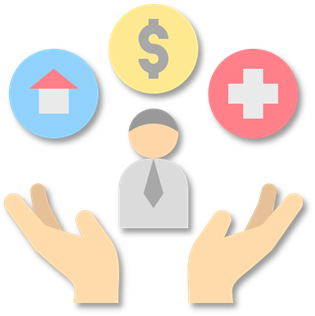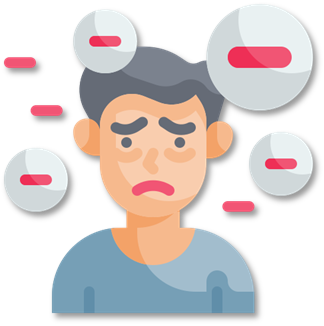Step 3: Effects
| Topic | Question | Answer |
Positive consequences | Which positive effects are expected from the AI-functions - to the performance of the actors who work with the AI (e.g., accuracy, speed, ...)? - to the state of them (e.g., stress, understanding, trust, ...)?
| The AI system should help the patient with daily activities, like reminding them to take medication, or have meals. By reminding the caregivers to perform their activities, it improves the effectiveness and helps in building a schedule of activities, which can benefit the patient and caregivers. Furthermore, it can help with building interest by story-telling, or playing some music which motivates the user to perform daily activities. The AI system could also help in placating the patient in case of anxiousness. This might help in building a sense of trust and mutual understanding between the humans and the system. |
Negative consequences | Do you foresee potential negative effects of the AI-functions: - on the performance, state and/or values of the actors? - on more general ethical or societal aspects? What are they? | The system needs constant inputs and feedback to improve and learn the requirements of the patients. This requires data collection on a constant basis, and raises questions on the privacy of the human users. Long term use could lead to heavy dependence on the system, and the users may not be able to function without the system (reminders, motivation etc), when the system is not present (ex, taken down for maintenance or upgradation). If caregivers rely too much on the AI system, they may disregard the benefits of human touch and care, which could lead to negative consequences for the patient. |
Impact on use-case | What is the impact of the AI functions on the overall use case? What does it add to the use case/how does it improve the use case as a whole? | Overall, the system should have a positive impact on the patient and caregivers. For the patient, it gives the patient someone to talk to and a constant companion which humans are not. It is able to motivate the patient through personalized stories and activities. With this, it builds a sense of trust through which the system can motivate users to do their day to day activities. For the caregivers, it gives automatic reminders to them to spend time with the patient, and reduces their workload by performing tasks which the caregiver would otherwise perform, like narrating stories, reminding the patients to take medicines and motivating the patient to perform their activities. |



